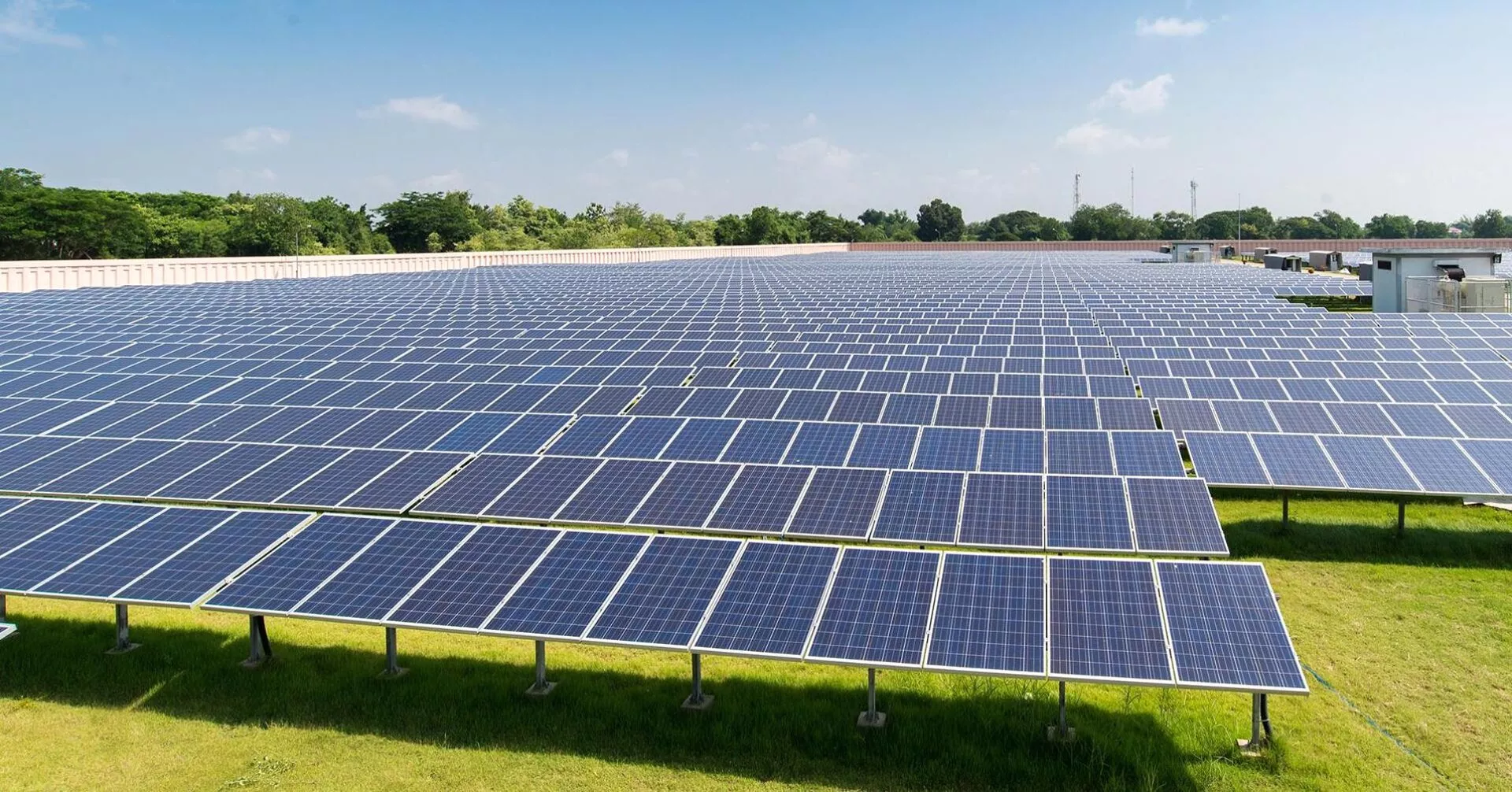
Green bonds: A real deal for sustainable and positive impact finance
Anyone needing proof of how serious the finance industry is about environmental issues should be directed to green bonds. The impact is visible. The asset class is well defined and mature. Green bonds are clearly a real deal.
From humble origins, green bonds have grown into a meaningful concept with rigorous definition. The ICMA (the International Capital Market Association) publishes principles for issuers to follow, to ensure there is total clarity around what qualifies, and how funds may, and may not, be used. The European Investment Bank is a major contributor to the debate, publishing white papers to help investors and issuers. There is also a high-level expert group in the European Union which aims to work with global partners on a harmonised definition and rules.
But, for beginners, here is a guide to the basics. A green bond is that which raises money to exclusively fund projects or assets which have a positive environmental impact. These include:
- Renewable energy
- Energy efficiency
- Pollution prevention and control
- Environmentally sustainable management of living natural resources and land use
- Terrestrial and aquatic biodiversity conservation
- Clean transportation
- Sustainable water and wastewater management
- Climate change adaptation
- Eco-efficient and/or circular economy adapted products, production technologies and processes
- Green buildings which meet regional, national or internationally recognised standards of certifications
Proceeds must be used exclusively for projects falling within these categories. Issuers are also required to report the objectives and selection criteria of the projects. Transparency is key - there should be up-to-date information on the progress of the investment. External reviewers should be brought in to verify claims.
Investors in green bonds do so usually to meet their own ESG (Environmental, Social and Governance) investment targets. With this Sustainable & Positive Impact Finance solution, there is no fundamental difference in terms of financial risk or returns compared to traditional investments but the positive contribution generated over the long term, makes the difference which is highly notable. "Green bonds have no more and no less credit risk than comparable non-green bonds," says Stephane Marciel, head of sustainable bonds at Societe Generale CIB. "And in most cases investors tell us they do not accept less remuneration." However, there may be less volatility than traditional bonds: "Investors in green bonds take into account the green profile of the issuer, and tend to look more long term."
Data on returns is still emerging, but the fundamentals suggest there is no reason to think there will be notable divergence with the main market at least in the short run.
Transparency is improved. Benchmarks are created. And above all, investors can manage ESG funds, which otherwise might struggle to find adequate opportunities for their capital. Green bonds are breathing life into the entire ESG mission.
There are a few details which need solving. Despite the moves to harmonization, there is still some debate on the grey areas of eligibility.
Marciel acknowledges a degree of diversity in interpretation. "We have to acknowledge that there are different levels of readiness around the world, and different levels of awareness in investors. For example, what is right in Sweden might not be exactly right for China, where for instance the economy still substantially depends on coal for energy, even if we all hope it will be less and less so going forward. What is essential however are to keep up and even increase the efforts and financial flows towards sustainable investments, in particular in the energy sector to fight climate change."
What is clear is that demand for green bonds is strong right now. "Supply is lower than overall demand," says Marciel. "More and more investors are adopting comprehensive SRI (Socially Responsible Investment) strategies. They have more and more demand from their clients, be they retail or institutional clients, pension companies or insurance companies." This trend is boosted by regulatory requirements. For example in France, from next year institutional investors with more than 500 million euros under management will need to report how their investments contribute to environmental goals.
Societe Generale is one of the banks leading the change and not only with traditional green bonds but also with innovations. The bank led the successful placement of the 500 million euro Green Storm 2016 and 550 million euro Green Storm 2017 transactions, related to improving energy-efficiency in buildings. The issuance won the Innovation of Environmental Finance award, and an award for best asset-based bond.
Green bonds are a booming asset class, with the ability to give momentum to the entire Sustainable & Positive Impact Finance movement. They may still be only a fraction of the multi-trillion bond industry, but their influence stretches far beyond their current size.
Discover Societe Generale CIB 'positive impact finance' solutions